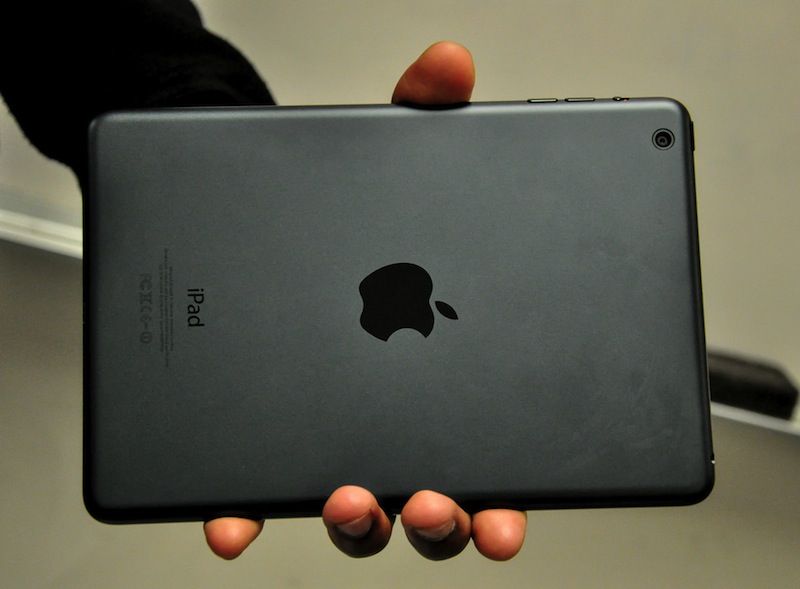“Physics education research has shown that in the classroom, learning concepts is a springboard to solving problems and critical thinking skills. The activities I am looking for on the iPad are ones that emphasize the basic concepts. I’m not looking for it to be too simplistic but I also don’t want it to be too difficult which would cause the student to spend too much time on it.”
He mentioned that he is looking for activities both in- and outside of the classroom related to physics that will engage the student in the classroom as well as having a learning component to it, not just for entertainment.
The experience drawn upon by the iPad is not passive. It requires active involvement and critical thinking from the student. For the “Vernier Video Physics” app, students actively participate in taking video of moving objects. Li likes it because it’s collaborative, involving one student to prepare the set up, another to hold the iPad and record the activity, and the rest of the group must collect and record the data. Afterwards, in a discussion group, students analyze the graphs of the motion of the object that is produced by the app.
It becomes the one instrument with which you can do many things. Otherwise, you would need levels, rulers, and students spread out. And with a non-lab course only teaching concepts, that effort and time is not necessary. The app and iPad can be used as a surface level, tesla meter to measure the earth’s magnetic field, compass, and can be used as stopwatch, timer, surface level, angle measurement, and graphing utility. In his conceptual physics 105 he uses the game Angry Birds to demonstrate the effects that physics concepts have on trajectory, and teams students in groups to measure the angles and effect.
The novelty is that it is designed for simplicity. Compared to some resources online that are overly complex or over simplified, these apps offer a much more direct way of learning the material, and cut down on the time spent setting up equipment, carefully measuring and taking data, and give more time to applying the concepts learned in the class.
Professor Li concluded through a survey from the classes that have used the iPads that 80 percent of students were satisfied and said that they received direct learning from the device. The professor also shared his input about what future tools would require. “There needs to be a focal point in the instruction activity and has to be productive in teaching students relevant information.”
According to Li, learning is not something that someone else can give to you. It’s a personal experience. It’s only when you are interacting that you get that personal experience and can build upon your lessons and experiences.









MCH • Apr 11, 2013 at 9:16 am
So, do you have to bring your own iPad to class? Because I don’t have one. 🙁
Too expensive.
Kevin Zhang • Apr 11, 2013 at 11:17 am
While your tuition is like $500 per course, not to mention books are probably like $200 something. Yeah lets get an Ipad
Ousmane Mariko • Apr 11, 2013 at 11:38 am
The iPads are provided by the professor/school.